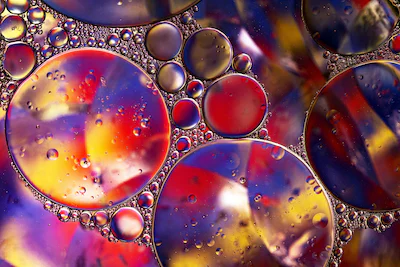Addressing Pica Eating Disorder: Therapy Approaches and Supportive Interventions
Page Contents
Introduction
Pica eating disorder is characterized by persistent eating of non-nutritive, non-food substances such as ice, clay, dirt, soil, cloth, wool. pebbles, cornstarch, laundry detergent, chalk, hair, soap, or paper which is fatal. It commonly occurs in children, pregnant women, and individuals with developmental disabilities or mental health conditions. Therapy plays a crucial role in understanding and treating pica, offering specialized interventions aimed at addressing underlying causes, modifying behaviors, and ensuring safety.

CBT aims to identify and address underlying thoughts and beliefs related to the behavior of consuming non-food items.
Unraveling Therapy for Pica Eating Disorder
Therapeutic approaches for pica disorder focus on understanding the underlying factors contributing to the behavior, providing education, addressing associated health risks, and promoting alternative coping strategies.
It is often perceived in individuals with conditions affecting daily functioning, intellectual disabilities and developmental conditions like autism, spectrum disorder and schizophrenia.
Sample Therapeutic Approaches and Supportive Interventions for Pica Disorder
- Behavioral Therapy:
- Behavioral interventions aim to replace the behavior of ingesting non-food substances with alternative, safe behaviors.
- Strategies may include positive reinforcement for avoiding the behavior, setting achievable goals, and implementing distraction techniques.
- Cognitive Behavioral Therapy (CBT):
- CBT aims to identify and address underlying thoughts and beliefs related to the behavior of consuming non-food items.
- It helps individuals recognize triggers, develop coping skills to manage urges, and replace harmful behaviors with healthier alternatives.
- Family-Based Therapy (FBT):
- FBT involves family members in understanding and supporting the individual with pica disorder.
- It educates families on creating a safe environment, providing alternative outlets for stress or sensory needs, and reinforcing positive behaviors.
- Medication and Nutritional Support:
- Medical interventions may be necessary to address potential health complications or deficiencies resulting from ingesting non-food substances.
- Nutritional counseling aims to ensure the individual receives adequate nutrients and support for their overall well-being.
Benefits of Therapy for Pica Eating Disorder
- Addresses underlying factors contributing to pica behavior, such as sensory needs, nutritional deficiencies, or psychological distress.
- Provides education and strategies to manage urges and replace harmful behaviors with healthier alternatives.
- Involves families or caregivers in understanding and supporting the individual with pica disorder.
- Addresses associated health risks and promotes overall well-being.
In Conclusion
Therapy for pica eating disorder is tailored to the individual’s specific needs, addressing the multifaceted aspects contributing to the behavior of consuming non-food substances. Through behavioral interventions, cognitive restructuring, family involvement, and supportive care, therapy aims to provide a holistic approach to managing and reducing pica behaviors. With specialized therapy and support, individuals with pica disorder can work towards healthier coping mechanisms and improved overall well-being.







